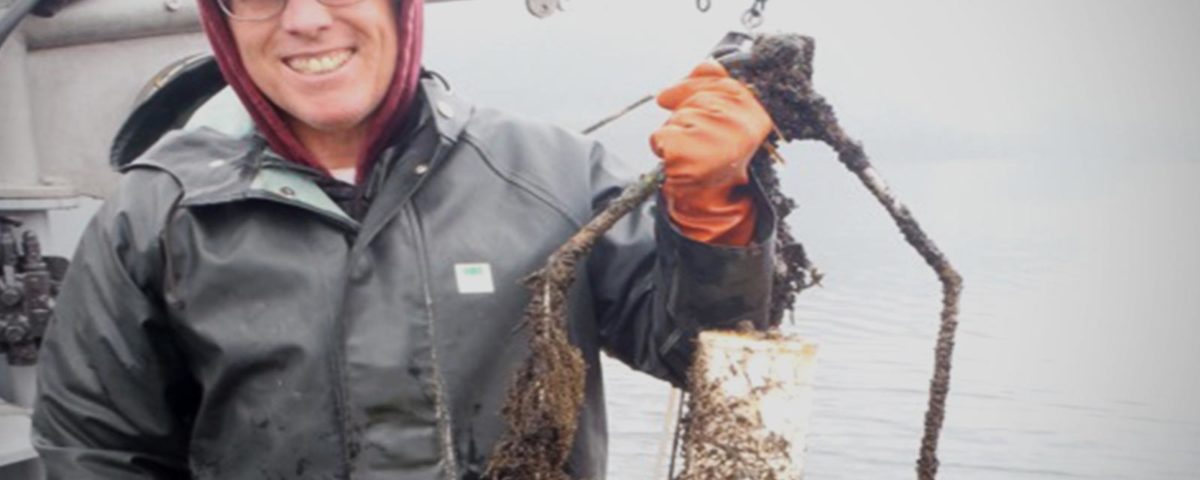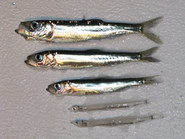Ocean conditions of herring habitats

PROJECT
Ocean conditions of herring habitats
Background
Prince William Sound herring spend most of their first two years of life in small, sheltered bays and inlets. Their survival is highly influenced by habitat conditions in these inlets, including temperature and salinity, which control factors such as food availability and growth rates. For example, low water temperatures in the winter reduce metabolism, which may help enhance winter survival of juvenile herring by lowering energy demands. In the spring and summer, warmer and less saline surface water creates a stable stratified water column that allows plankton to remain in contact with more nutrients and sunlight to sustain a higher level of production. This can then result in more zooplankton food availability to juvenile herring.
Methods
Shelton Gay is instaled moorings at the heads of four bays in Prince William Sound (Eaglek, Simpson, Zaikof, and Whale Bays) that were identified as important rearing areas for juvenile herring. The moorings were equipped with sensors to monitor temperature and salinity at the surface and bottom of the bays. Additional temperature loggers were strung at 10 to 20-meter increments between the surface and bottom to provide a comprehensive temperature profile of the water column throughout the year.
What we learned
Data from the moorings and observations made during deployments allowed us to track changes in thermal and density stratification in the nursery bays throughout the year and helped identify the fundamental scales of their variation. This contributed to an understanding of the variation in levels of plankton production and the influence that these variations have on herring survival within the nursery bays.
PRINCIPAL INVESTIGATOR
Shelton Gay IIIPWS Science Center
smg3tx@gmail.com
RESEARCH PERIOD
2009-2013FUNDING
Exxon Valdez Oil SpillTrustee Council




